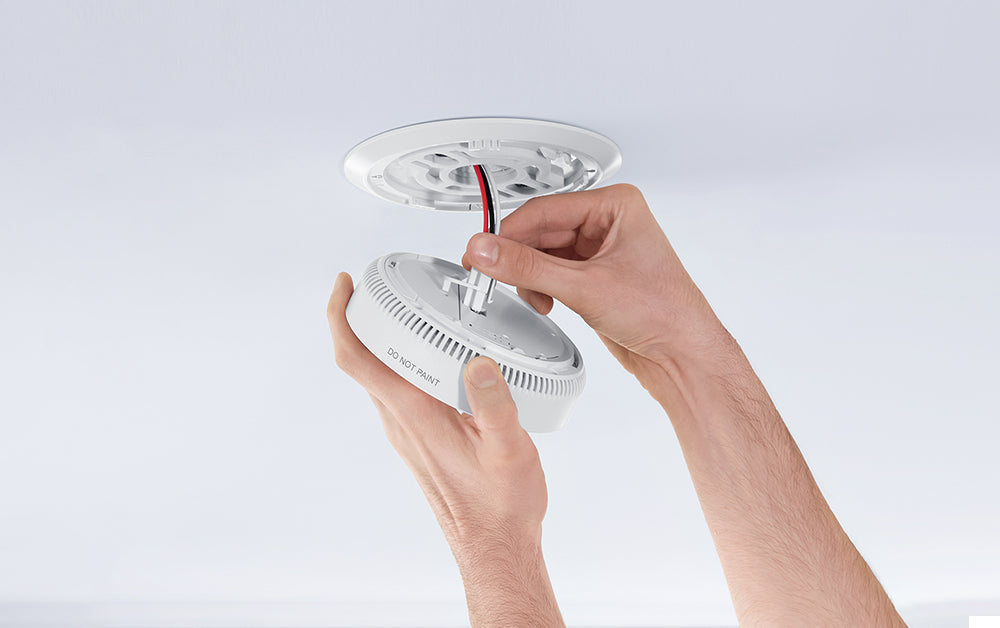In our last article, we explained the differences between photoelectric and ionization smoke detectors and why each type matters. Now, let’s dive into where to place them in your home for maximum protection. While both photoelectric and ionization smoke detectors have advantages, understanding where and how to install them ensures the fastest response to potential fires.
Which One Is Better?
There's no one-size-fits-all answer, but guidance from the U.S. Fire Administration (USFA) and fire safety experts can help families make the right choice.
"Because both ionization and photoelectric smoke alarms detect different types of fires, the USFA recommends that every home and place where people sleep have: (1) both ionization and photoelectric smoke alarms, or (2) dual-sensor smoke alarms that combine both technologies in one unit."
Both ionization and photoelectric detectors have strengths—photoelectric units excel in areas where families spend most of their time, while ionization units are better suited for higher-risk spaces, especially in commercial settings. Choosing the right type for each environment ensures reliable protection.

Real-World Application: Where to Install Each Type
To maximize home safety, here's a recommended layout based on performance characteristics:
Core Areas - Photoelectric Smoke Detectors (Recommended)
- Bedrooms (especially near where family members sleep)
- Hallways outside sleeping areas
- Living rooms or dining areas
- Kitchen (install at least 10 feet / 3 meters away from cooking appliances to minimize false alarms; models with a silence feature are recommended)
Supplementary Areas - Ionization Smoke Detectors (Optional)
- Garages or utility rooms
- High-risk rooms such as server rooms, equipment rooms, or archive/storage rooms
Pro Tip: Installing photoelectric detectors on every level of your home, including the basement, ensures fast detection of smoldering fires where families spend the most time.
False Alarms: What to Know
Ionization detectors are more likely to be triggered by harmless steam or smoke from cooking, making them less ideal for placement near kitchens or bathrooms.
Photoelectric detectors are less sensitive to non-fire particles, meaning fewer annoying false alarms.
If you're tired of nuisance alerts, placement matters. Avoid installing alarms near windows, vents, or overly humid areas.
Proper placement not only ensures faster fire detection but also reduces nuisance alarms.
Homeowner Tips for Maximum Safety
- Replace smoke detectors every 10 years, per NFPA guidelines.
- Use sealed battery alarms to prevent tampering with battery replacements.
- Regularly clean your detectors to prevent dust buildup.
Choose Smart, Protect Better
Understanding the difference between photoelectric and ionization smoke detectors is more than technical trivia—it's essential for keeping your family safe. Choose the right detector for each space or invest in a dual-sensor unit to provide the faster, more reliable protection for your home.
Explore our range of reliable smoke detectors to give your home and family the protection they deserve.
Tip: Check your local regulations and insurance requirements, as some states have specific rules on smoke detector types.




